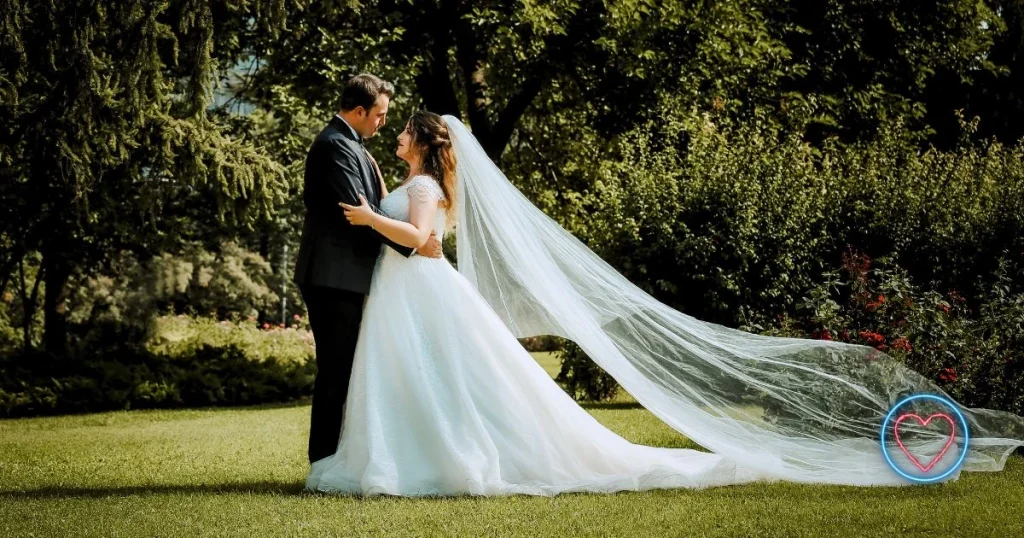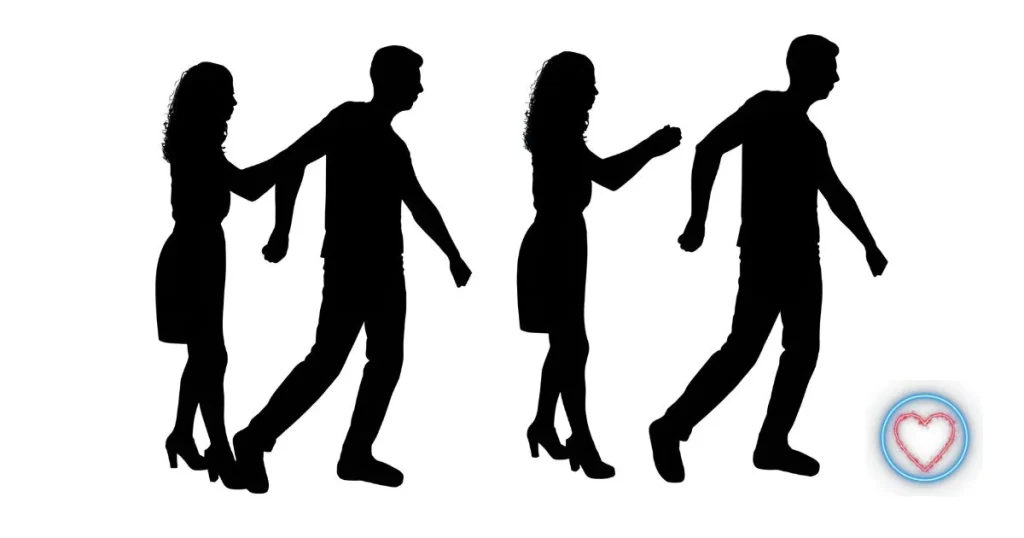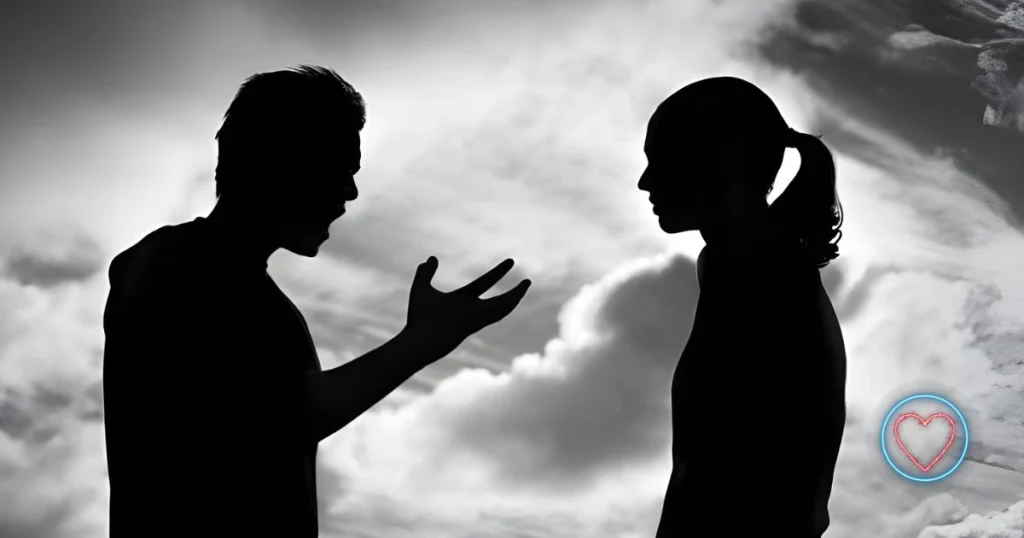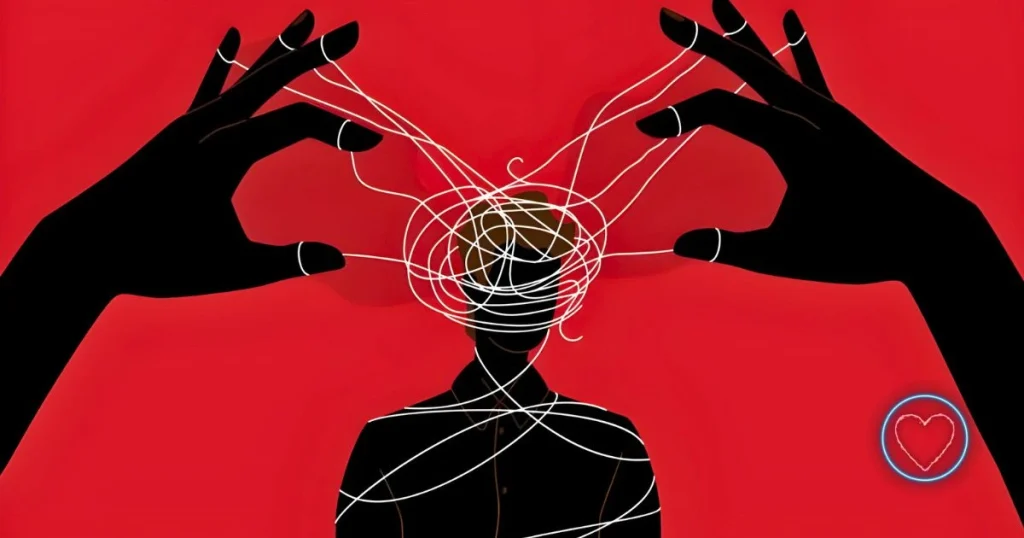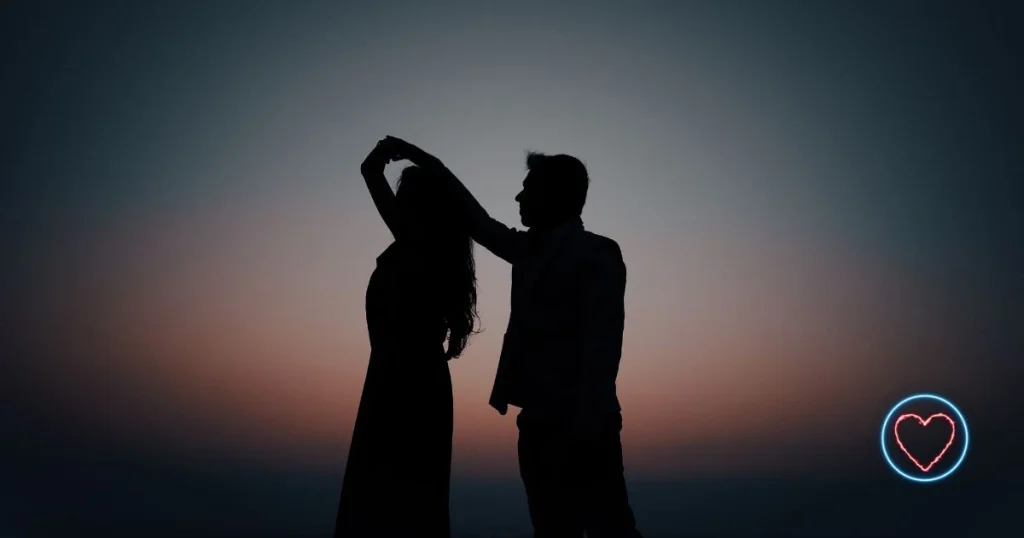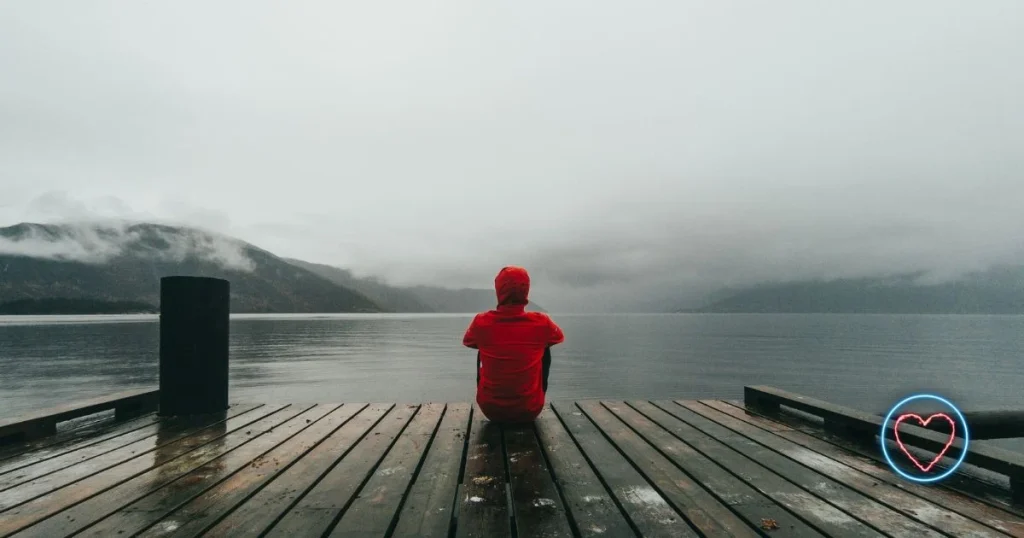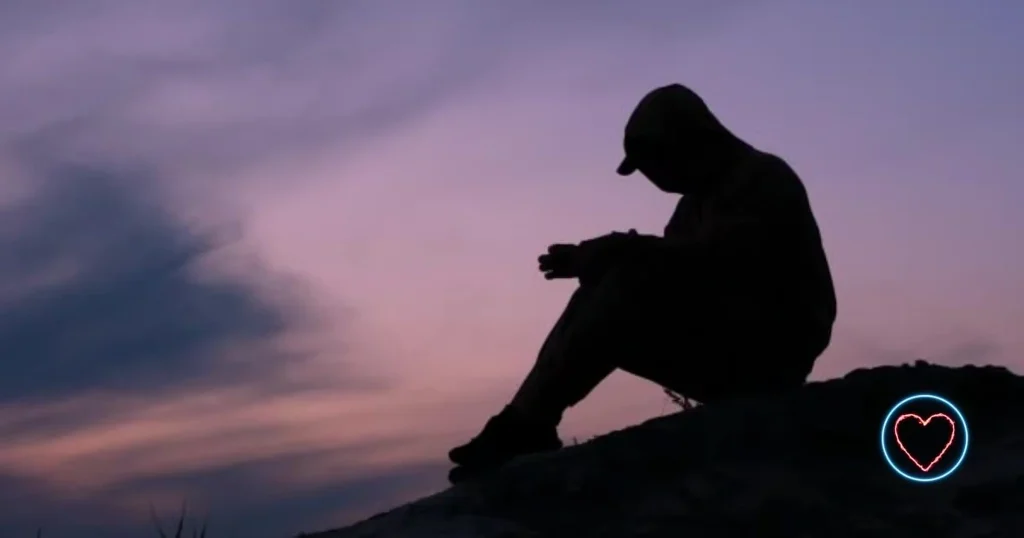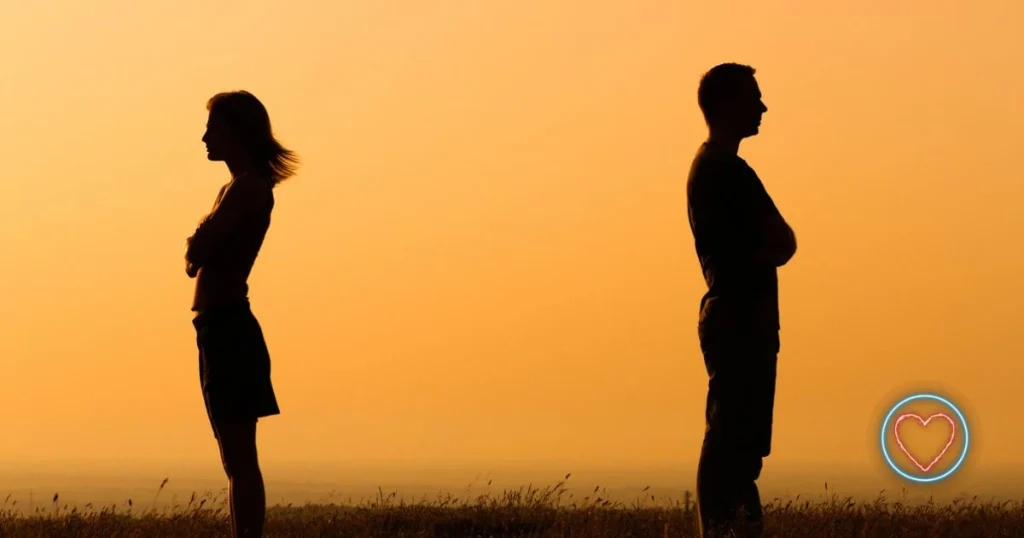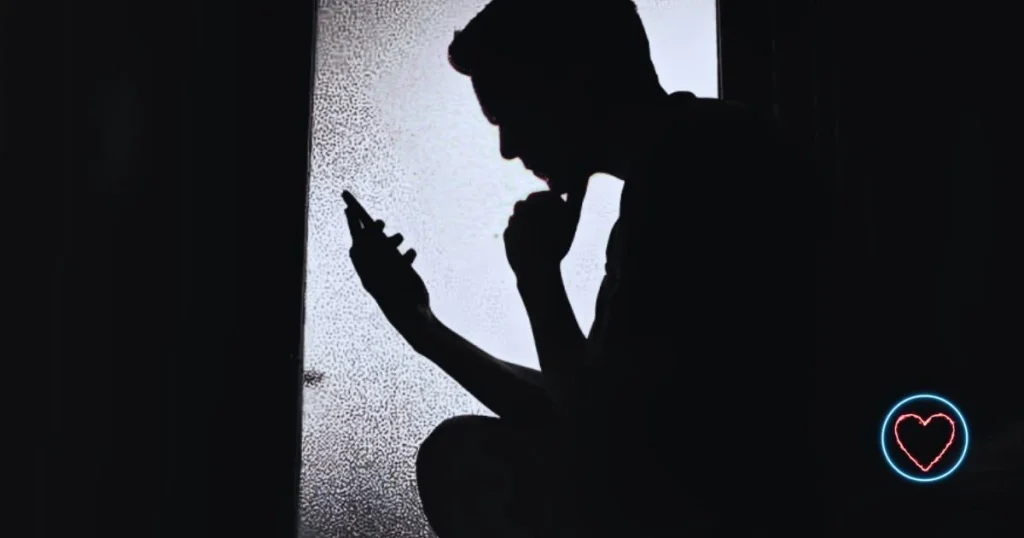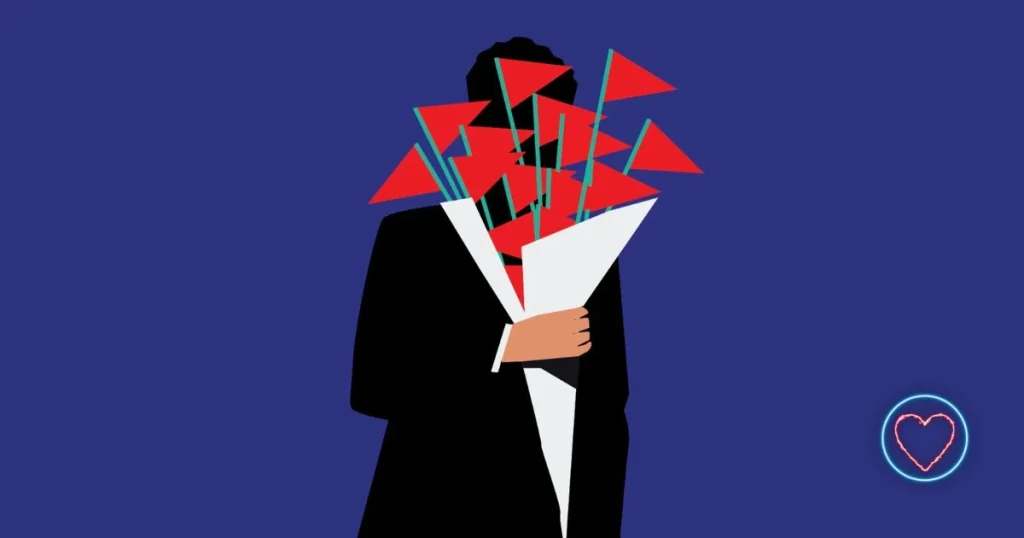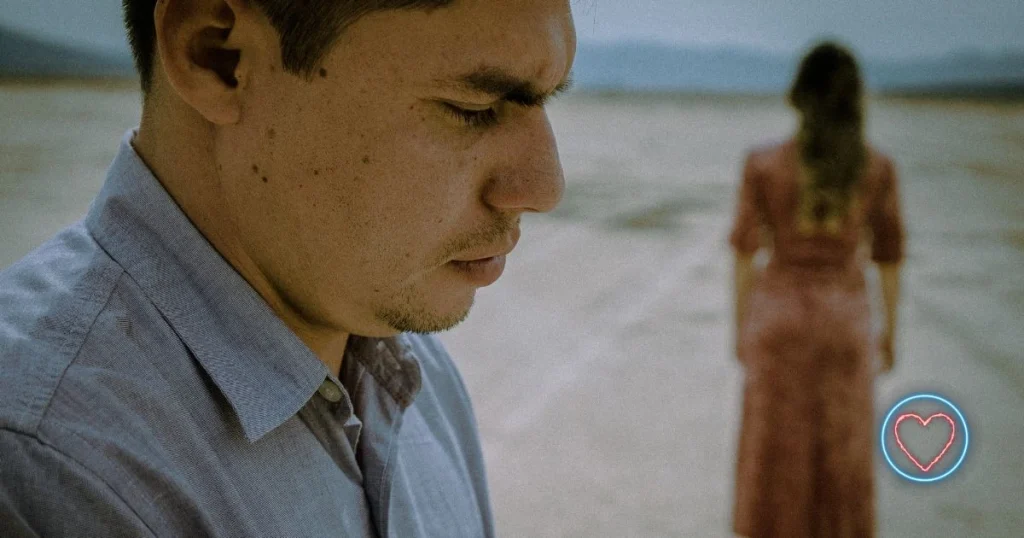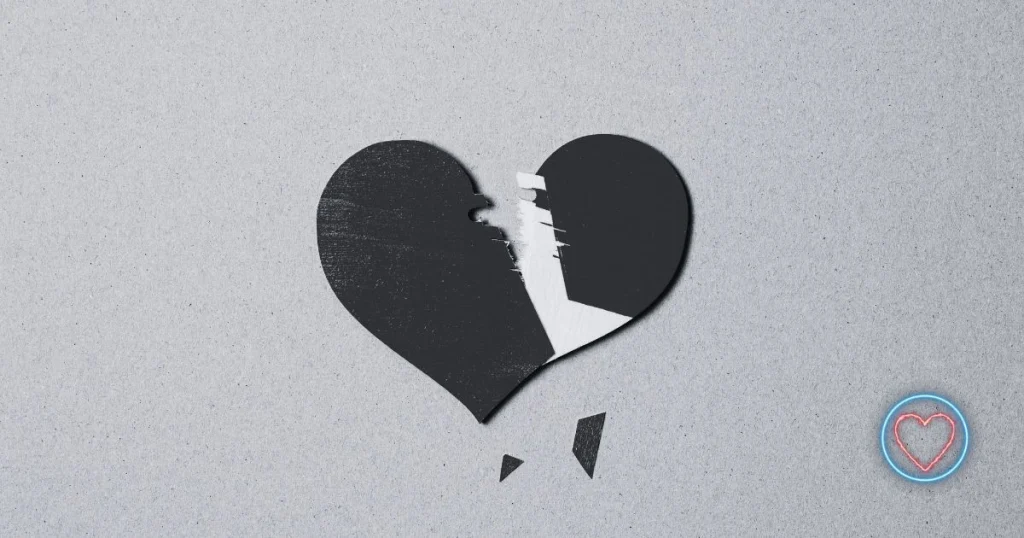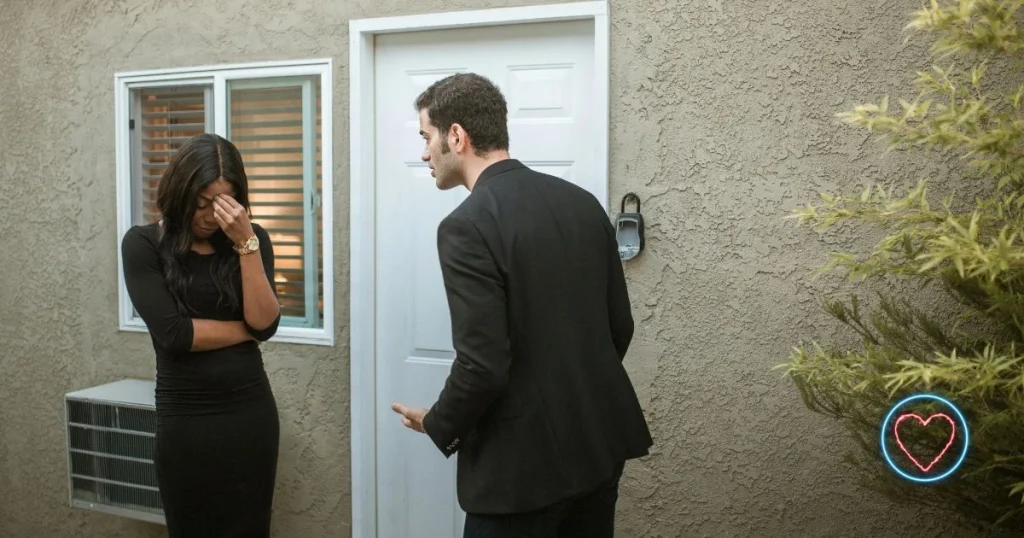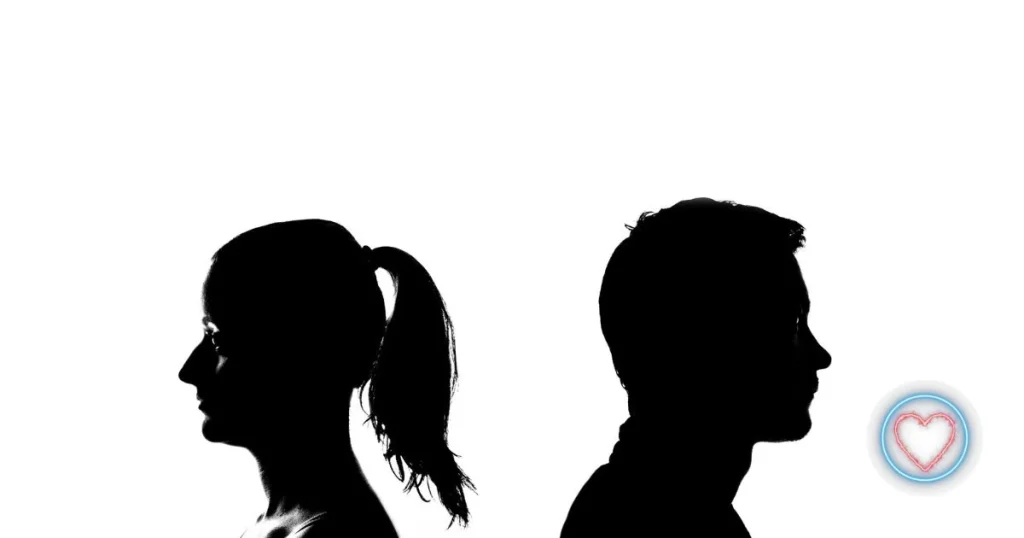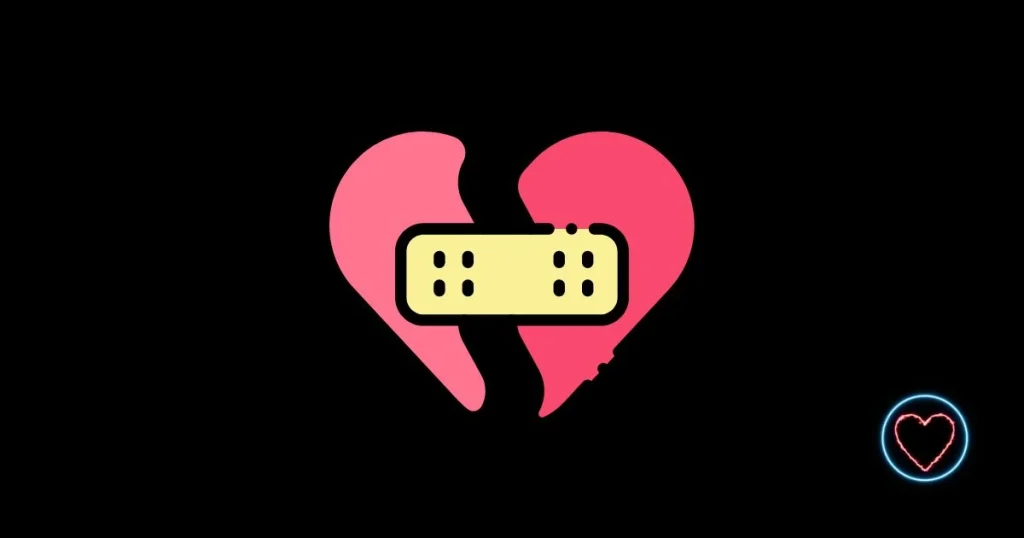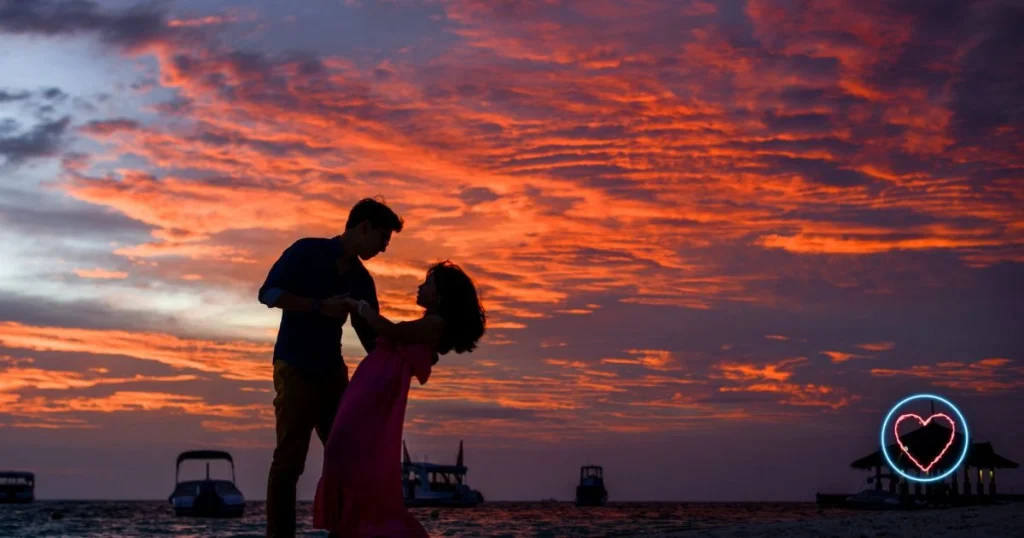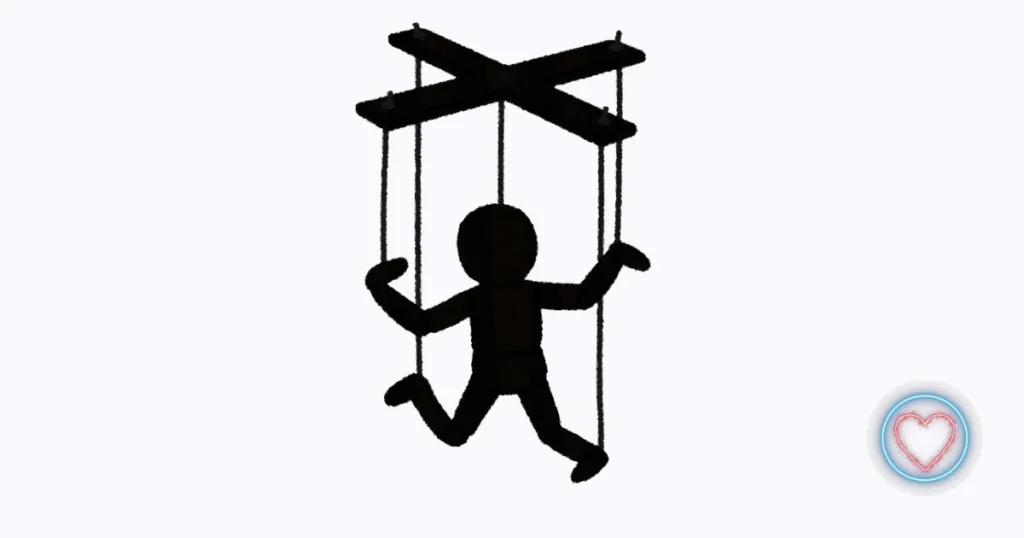Weddings have always been more than just a celebration of love—they’re a reflection of the times. From grand church ceremonies and white ball gowns to destination elopements and minimalist aesthetics, wedding trends have undergone a remarkable transformation over the decades. What was once guided strictly by cultural and familial expectations has evolved into deeply personal, often unconventional expressions of a couple’s identity.
This article takes a detailed look at how wedding trends have evolved—from early traditions to modern-day movements—highlighting the social, economic, and technological factors that have shaped them.
Early 20th Century: The Rise of Formality and White Weddings
The Influence of Queen Victoria
The tradition of white wedding gowns became mainstream after Queen Victoria wore a white lace dress to her wedding in 1840. Before that, brides simply wore their best dresses, regardless of color. Victoria’s wedding popularized white as a symbol of purity and formality, setting the tone for decades.
By the early 1900s, weddings were largely formal affairs, especially among the middle and upper classes. Ceremonies were typically held in churches, followed by elegant receptions in ballrooms or family homes. Traditions such as the bridal march, exchanging rings, and tiered wedding cakes were firmly established.
Key Characteristics:
- Religious ceremonies were the norm
- Modest, full-length gowns with veils
- Weddings were often orchestrated by the bride’s parents
- Photography was formal and posed
Mid-20th Century: The Era of Classic Elegance
The 1950s and 60s: Post-War Prosperity
After World War II, weddings reflected the optimism and prosperity of the time. The ideal of the “nuclear family” dominated cultural expectations, and weddings followed suit—elegant, traditional, and family-oriented.
Brides often wore tea-length or floor-length dresses with cinched waists, inspired by Hollywood stars like Grace Kelly and Audrey Hepburn. Weddings were relatively local, with large guest lists and a clear script to follow.
The 1970s: Boho and Rebellion
The cultural revolution of the 60s and 70s brought a more relaxed, bohemian approach to weddings. Outdoor ceremonies became more common, and brides began to ditch the traditional white dress in favor of flowing, flower-child styles.
Key Shifts:
- DIY elements emerged
- More focus on personal vows
- Rise of outdoor and backyard weddings
- Music and style reflected countercultural values
1980s and 90s: Glamour, Extravagance, and Pop Culture Influence
The 1980s were all about excess. Inspired by Princess Diana’s lavish royal wedding in 1981, big dresses, big hair, and big budgets became the norm. Puffy sleeves, cathedral trains, and dramatic floral arrangements were highly desirable.
The 90s: Tradition Meets Modernity
The 1990s saw a return to more minimalist elegance, with satin gowns, strapless necklines, and classic silhouettes. While tradition still played a key role, couples began incorporating more personal touches into their ceremonies.
Popular Trends:
- Videography became standard
- Wedding DJs and choreographed dances
- Color-themed weddings
- Rise of wedding magazines and planning books
2000s: The Internet Age Begins to Disrupt Tradition
The Influence of Reality TV and Celebrity Culture
Shows like Say Yes to the Dress and high-profile celebrity weddings began influencing bridal fashion and event planning. The rise of wedding planners made it easier for couples to go big, while blogs and early Pinterest boards began democratizing inspiration.
Destination weddings started becoming more popular, as air travel became more accessible and social media encouraged “Instagram-worthy” backdrops.
Trends of the 2000s:
- Strapless dresses dominated bridal fashion
- Use of wedding websites for RSVPs and information
- Themed weddings and color palettes
- Wedding favors and guest “thank-you” gifts became standard
2010s: Personalization and Pinterest Perfection
The 2010s were defined by Pinterest and the rise of the DIY bride. Couples began moving away from cookie-cutter weddings in favor of deeply personalized experiences that reflected their personalities, hobbies, and values.
Rustic barn weddings, mason jars, hand-lettered signage, and vintage furniture rentals became wildly popular. Photographers shifted to a more candid, editorial style, capturing emotional moments rather than just posed portraits.
Notable Changes:
- First looks and unplugged ceremonies
- Creative food and drink options (food trucks, signature cocktails)
- Eco-conscious decisions like biodegradable confetti
- More diverse wedding officiants (friends, humanists, etc.)
The 2020s: Minimalism, Inclusivity, and Reimagined Norms
The COVID-19 pandemic disrupted the wedding industry in ways no one could have predicted. With lockdowns, travel bans, and gathering restrictions, many couples had to cancel, postpone, or radically rethink their weddings. This disruption led to new, lasting trends:
1. Micro-Weddings and Elopements
Smaller guest lists (under 50 people) became the norm. Couples realized that intimate ceremonies could be just as meaningful—and far less stressful—than large-scale events.
2. Virtual Weddings
Zoom weddings and live-streamed ceremonies allowed loved ones to attend from afar, and some couples even hired tech teams to professionally broadcast their big day.
3. Sustainability and Simplicity
From thrifted dresses to locally sourced flowers and reusable decor, modern couples are more eco-conscious than ever. Minimalist aesthetics—think neutral palettes, clean lines, and natural elements—have overtaken ornate or overly produced events.
4. Diversity and Inclusion
Today’s weddings are more inclusive in every sense:
- LGBTQ+ weddings are more visible and widely celebrated
- Multicultural and interfaith ceremonies are common
- Dress codes and roles (e.g., gender-neutral bridal parties) are more flexible
5. Creative Venues
Couples are saying “I do” in art galleries, forests, breweries, rooftops, and Airbnb rentals. There’s no “right” place to get married anymore—just the place that feels right to the couple.
The Role of Social Media in Modern Weddings
Platforms like Instagram and TikTok have had a profound influence on modern wedding trends:
- Inspiration Access: Brides and grooms now have unlimited access to global ideas, from floral installations in Bali to minimalist Nordic table settings.
- Vendor Discovery: Instagram helps couples find local photographers, planners, bakers, and florists.
- Shareable Moments: Aesthetic moments are designed for social sharing—first dances under string lights, sparkler send-offs, or curated flat-lays of invitations and rings.
- Viral Trends: TikTok has birthed trends like private vows, audio guestbooks, and choreographed bridal party entrances.
The Future of Wedding Trends
As society continues to evolve, so too will weddings. Some trends we’re beginning to see—and can expect more of—include:
1. Artificial Intelligence in Wedding Planning
AI tools like ChatGPT are being used for writing vows, planning itineraries, creating guest lists, and even generating speech drafts. Chatbots and planning apps are taking over logistical tasks.
2. Augmented Reality and Virtual Planning
Couples are using AR to visualize venue layouts, dress fittings, and decor themes—before making any financial commitment.
3. Focus on Experience Over Aesthetics
Instead of focusing solely on visuals, couples are designing emotionally rich and immersive experiences—from wellness stations and live poetry to multi-sensory dinner experiences.
4. Deconstructed Traditions
Many couples are redefining the wedding day timeline, skipping formalities like cake cutting or bouquet tosses, or flipping the script entirely with surprise weddings.
5. Ethical and Conscious Choices
Couples are increasingly considering:
- Renting or upcycling dresses
- Supporting small, BIPOC, or women-owned businesses
- Using wedding registries to raise money for causes or experiences over things
Final Thoughts
The evolution of wedding trends reflects the broader changes in our culture—how we define relationships, how we celebrate, and how we see ourselves. What once was dictated by tradition is now governed by authenticity, inclusivity, and creativity.
Whether it’s a lavish destination affair or a backyard gathering with handwritten vows, the modern wedding is not about following rules—it’s about telling a story. And as couples continue to prioritize meaning over formality, connection over convention, weddings will remain powerful reflections of love and individuality.
After all, every generation reinvents love in its own image—and weddings are the canvas on which that image is painted.
